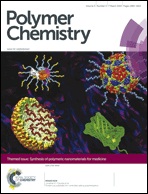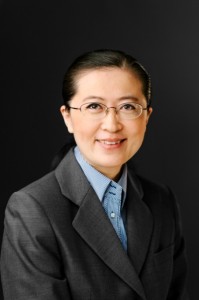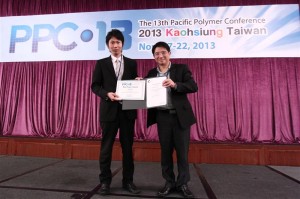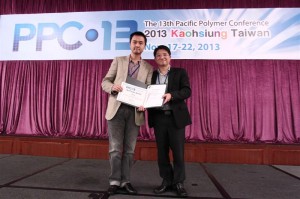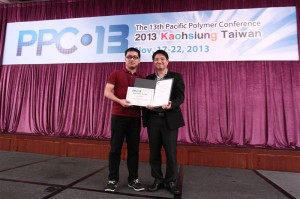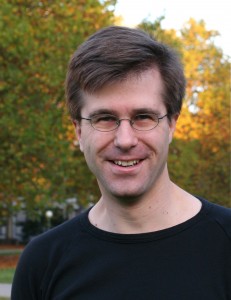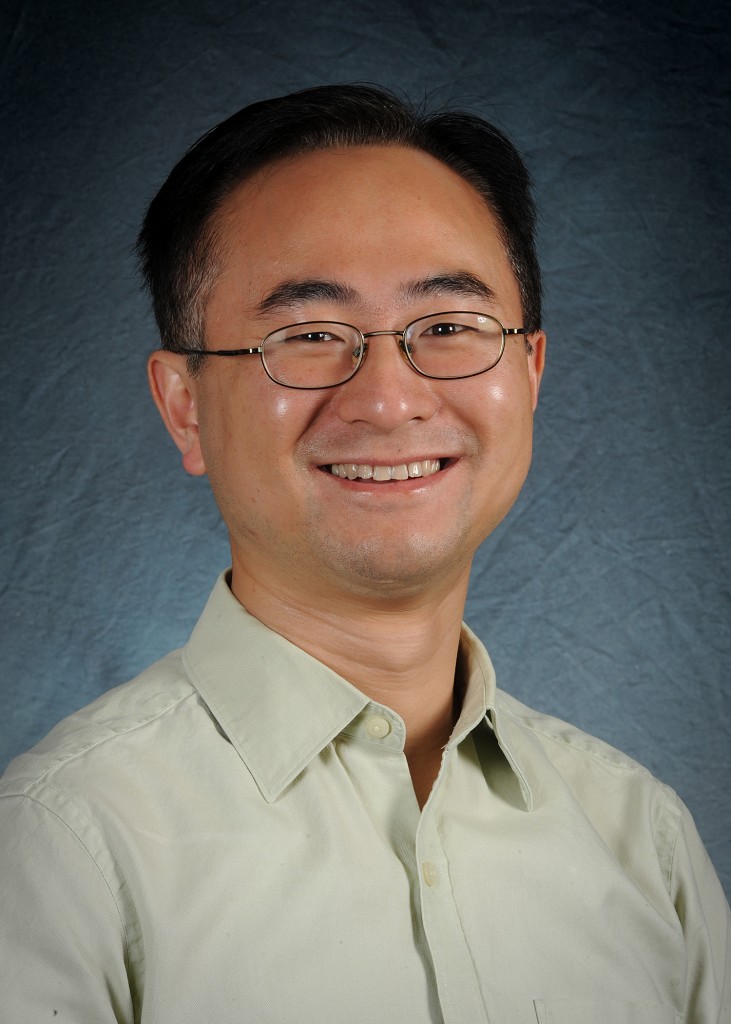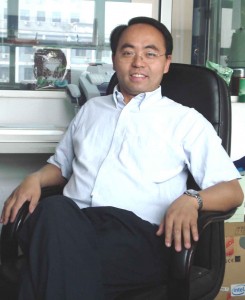You may have seen our recent profile of Polymer Chemistry Associate Editor Christopher Barner-Kowollik. Here, we ask Christopher more about his career, research and the challenges polymer chemistry can solve.
 Which projects are you working on at the moment?
Which projects are you working on at the moment?
We have a very broad portfolio of project areas in my team, divided into the research platforms ‘synthetic method development’, ‘advanced hybrid materials’, ‘underpinning mechanisms’ and ‘advanced polymer characterization’, with several parallel projects in each. Light driven surface encoding and recoding protocols with applications in cell guidance as well as targeted cell attachment are certainly an important activity, including the development of new photo-chemical reaction sequences. We continue to have a strong interest in biomaterials modification both in solution and the solid state and have not too long ago expanded our portfolio into biomimetic system ranging from universally adhesive bonding/debonding systems to bionspired self-folding single chains and nanoparticles. The design of new functional direct laser writing chemistries featuring reactive surfaces has recently moved into our centre of interest, too, as have supramolecular polymer systems with switchable property profiles. Although a smaller activity, the mechanistic study of photoinduced processes and polymerizations is still an important fundamental activity. For more information on all of our activities, please visit www.macroarc.de.
What motivated you to specialise in polymer chemistry?
I was trained as a physical chemist (albeit with a macromolecular touch) and became continuously more interested in synthetic polymer chemistry over the years. Polymer chemistry offers such a wide variety of research activities and requires knowledge from many chemical disciplines including organic, inorganic, physical and analytical chemistry that very much appeals to me. In addition, I always liked generating materials that can find applications as well as the interactions with industrial partners.
Nevertheless, there is ample room for fundamental research in polymer science and many unanswered questions and challenges exist, which require creativity and clever ideas.
What are the hot topics in polymer research at the moment?
In terms of general challenges that polymer chemistry can and must contribute to solutions for are efficient energy storage, conversion and handling as well as advanced materials for biomedical applications, from regenerative medicine to delivery systems. To address these broad challenges, we as synthetic polymer chemists have to provide solutions for the next step change in our ability to synthesize macromolecules, be it via the provision of precision surface design methodologies, controlling release from polymer systems, folding polymers, sequence controlled polymers or combining synthetic polymer chemistry with biomimetic approaches. Further, many solutions for applications require fine control over network properties, which is not yet available (e.g. monodisperse networks). Some very exciting work is currently also being done in the area of self-healing materials and sheet-like two dimensional polymers. In the materials research area, mimicking nature’s best materials such as nacre is an exciting topic. That said, the field is so diverse that one can identify many hot areas – there is rarely anything non-relevant. It all depends on one’s personal interests and views.
What current problem would you like to see science provide a solution to?
A cure for cancer would certainly be high on the list, but I believe the provision of clean drinking water to the world’s population would probably save even more lives.
What do you find to be the most rewarding aspect of your career?
Discussing and debating scientific questions (down to the details!) with my coworkers and colleagues as well as educating young scientists at all stages of their careers from undergraduate researcher to PhD student to junior group leader.
It is such a rewarding experience to solve a scientific problem and to see enthusiastic researchers mature into confident scientists.
What’s the secret to being a successful scientist?
Curiosity, creativity, very hard work and perseverance as well as the ability to enjoy and part-take in aspects of life that have nothing to do with science (e.g. music, theatre, literature, your family, friends).
Which scientist past or present do you most admire?
Charles Darwin for arguably providing the most influential theory (fact!) in the history of science.
If you weren’t a scientist, what would you be?
On the day of enrolling at university, I was still considering two options: Chemistry or History, both of which I love. No question, as an alternative to the natural sciences, I would have loved to study history – and maybe I will do some day! I have the highest respect for historians and find the works of contemporary historians such as Ian Kershaw absolutely fascinating reading.


